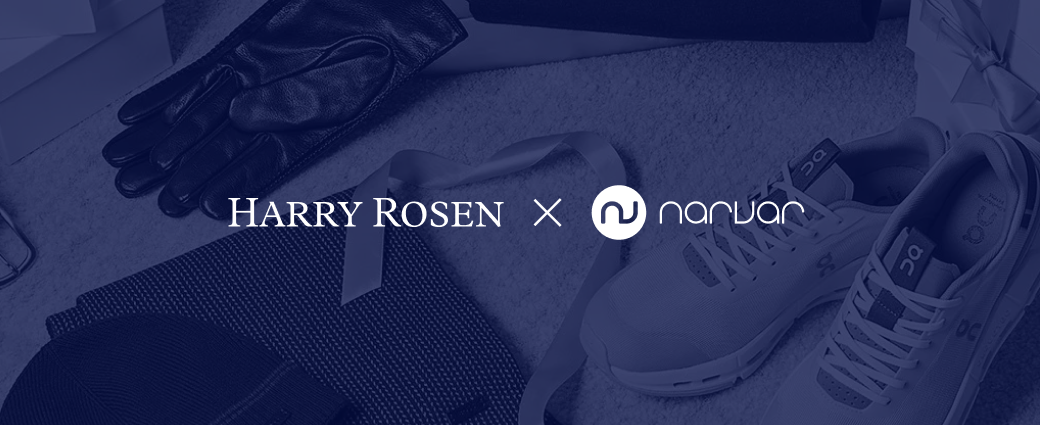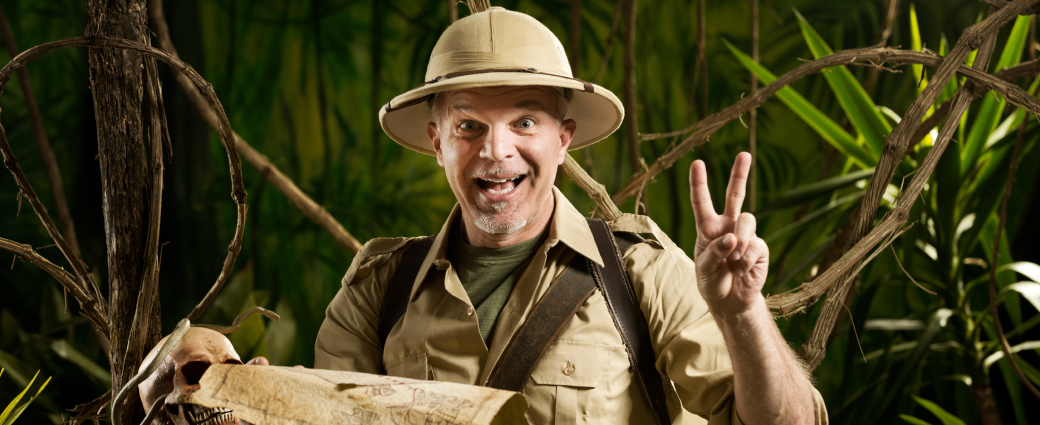
AI-powered delivery date estimates to boost conversion
Give shoppers peace of mind and protect and grow your bottom line
Personalized tracking experiences to build brand loyalty
Returns and exchanges management to mitigate fraud and reward best customers
Proactive communication to drive customer lifetime value
Delivery claim management to tackle fraud and build trust
How to create shopping experiences worth savoring

image: Chair & Chair Alike by sea turtle (CC BY-NC-ND 4.0). Hanging out at Ikea.In the past two decades, Amazon and other ecommerce players have streamlined shopping to a minimalist process of search, find, click and wait for the ubiquitous brown box to arrive. For an estimated 190 million U.S. online customers in 2016, being a consumer, for the most part, is fast, easy and efficient. However, it wasn’t too long ago that people embraced shopping as a multisensory opportunity to interact with products -- not to mention sales clerks and other customers -- on a visual, tactile and even olfactory level. Now, an emerging trend is reminding consumers the retail experience is worth savoring. The shift is the industry’s equivalent of the slow-food movement, which encourages diners to slow down and relish each bite.This is good news for consumers weary of chilly-yet-efficient ecommerce who instead crave a warm, in-person brand experience. The key word here? Experience. Experiential shopping happens in an immersive environment where consumers are encouraged to wander, ponder and explore before they buy – if they purchase anything at all.
Farewell, flagship. Hello, brandship.
At 837, Samsung’s “digital playground” in New York, for example, visitors engage with interactive artworks, explore virtual reality, attend live music performances and dine in an on-site café. The clear emphasis is on trying, not buying, Samsung products. Indeed, 837 embodies the transformation from a flagship store that puts product front and center to a “brandship” site, a physical space where retailers encourage customers to do anything from learn, eat, exercise, create and even just relax. Yeti, the online-only cooler company, opened its first physical store in Austin at the end of February, which exudes its brand ethos with a design that’s “part shrine, part museum, part backwater bait shop.” Yeti’s VP of Marketing, Corey Maynard, says the renovated 1930s warehouse will host concerts, film screenings and serve beer on the patio overlooking 118-waterfront acres. Not bad for a ten-year-old pure-play digital company dedicated to stop ice from melting.This is not to suggest ROI isn’t top of every retailer’s mind. It is. And an experiential approach to brick-and-mortar retail may be brand building – and, by extension, retention boosting – at its most persuasive. Companies that can’t compete in the frenzied arena of “free and fast” may instead forge lasting relationships in the experience economy by establishing an emotional connection with consumers.
Millennials want to spend money on experiences, not stuff
There’s solid research behind this strategy. A 2016 Harris poll found 78% of Millennials prefer doing things than having things. They spend the bulk of their time and money on concerts, sporting events and various, often shared, cultural experiences. Nearly three-quarters of Millennials said in the coming year they want to shell out even more on experiences rather than stuff. Given this key insight, it makes sense for brands to use physical spaces to immerse consumers in the lifestyle surrounding their product rather than just to support transactions.
Experiential stores are the retail industry’s equivalent of the slow-food movement, which encourages diners to slow down and relish each bite.
Relationship-building is the raison d’etre behind Story, a 2,000-square-foot concept store in NYC that is completely refreshed with a new look, new products and new marketing every month or two. Rachel Shechtman founded Story in 2011 to offer “experience per square foot” through carefully curated ideas, themes, designs and products, all integrated to promote a strong consumer community and an unforgettable brand experience. For example, when Procter & Gamble sponsored a Story event in 2015 (that year, a typical three-to-eight-week sponsorship cost $400,000), customers lined up at a hot-towel-and-shave station for a complimentary service. Shechtman says when companies engage in innovative, authentic ways, they help customers discover and access a brand in a whole new way. With countless emerging and established businesses exploring the new frontier of experiential retail, examples of innovative ways to building brand loyalty and long-term customer retention abound. Although it flies in the face of decades-old industry practices, experiencing the “essence” of a brand rather than just purchasing its products may be the physical shopping experience 21st-century consumers are looking for.Also check out the recently opened Saks Men's Downtown.
























